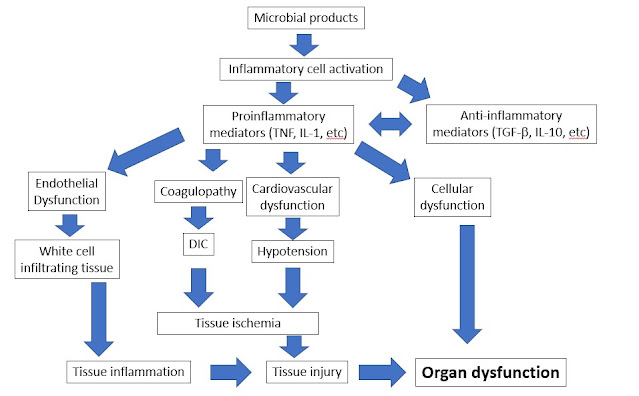Pulmonary hypertension
Pulmonary hypertension Updated: 10/07/2022 © Jun Wang, MD, PhD Definition Elevated pulmonary arterial pressure ≥ 25 mm Hg (or 20 mm Hg + Pulmonary vascular resistance ≥ 3 Woods units, debating), or > 30 mm Hg during exercise Severe pulmonary hypertension mPAP is ≥ 35 mm Hg, or mPAP is > 20 mm Hg with an elevated right atrial pressure (>14 mm Hg) and/or the cardiac index is <2 L/min/m 2 Precapillary pulmonary hypertension: Due to pulmonary Caused by pulmonary artery remodeling Low pulmonary artery wedge pressure Post-capillary pulmonary hypertension Caused by elevated pulmonary vein pressure, due to left heart dysfunction High pulmonary artery wedge pressure WHO classification Group 1: Pulmonary arterial hypertension (PAH) Group 2: Pulmonary hypertension due to left-sided heart disease Group 3: Pulmonary hypertension due to lung diseases and/or hypoxia Group 4: Pulmonary hypertension due to pulmonary artery obstruction Group 5: Pulmonary hypertension
